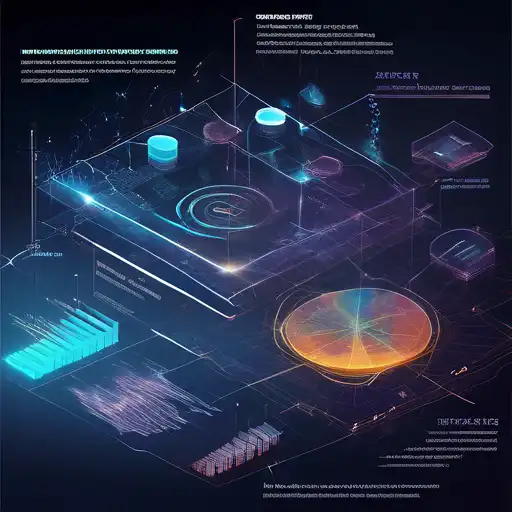Introduction to Data Visualization
In the era of big data, the ability to visualize complex datasets in an understandable and actionable manner is more crucial than ever. Data visualization techniques enable businesses and researchers to uncover hidden patterns, correlations, and insights that might not be apparent from raw data alone. This article explores the most effective data visualization techniques that can help you gain better insights from your data.
Why Data Visualization Matters
Data visualization is not just about making pretty charts; it's about communicating information clearly and efficiently. By transforming numbers and metrics into visual contexts, such as graphs, charts, and maps, data visualization tools provide an accessible way to see and understand trends, outliers, and patterns in data.
Key Data Visualization Techniques
1. Bar Charts and Column Charts
Bar and column charts are among the simplest yet most powerful visualization tools. They are ideal for comparing quantities across different categories. For instance, a business might use a bar chart to compare monthly sales across different regions.
2. Line Graphs
Line graphs are perfect for visualizing data trends over time. They can help identify rising or falling trends, making them indispensable for financial analysis, website traffic analysis, and more.
3. Pie Charts
Pie charts are best used for showing proportions within a whole. While they are often criticized for being overused, they can be highly effective when you need to illustrate how individual parts contribute to the total.
4. Scatter Plots
Scatter plots are used to visualize the relationship between two variables. They can help identify correlations, trends, and outliers in datasets, making them a staple in statistical analysis.
5. Heat Maps
Heat maps are graphical representations of data where values are depicted by color. They are particularly useful for visualizing complex data like website user behavior or geographical data.
Advanced Data Visualization Techniques
For those looking to dive deeper, advanced techniques such as interactive dashboards, geospatial mapping, and network diagrams offer even more nuanced insights. Tools like Tableau, Power BI, and D3.js enable the creation of dynamic visualizations that can transform how we interpret data.
Best Practices for Effective Data Visualization
To maximize the impact of your data visualizations, consider the following best practices:
- Know your audience and tailor your visualizations to their needs.
- Choose the right type of chart or graph for your data.
- Use color and design elements wisely to enhance readability, not distract.
- Keep it simple. Avoid cluttering your visualizations with too much information.
- Ensure your visualizations are accessible to all users, including those with color vision deficiencies.
Conclusion
Data visualization is a powerful tool for uncovering insights that can drive decision-making and strategy. By mastering the techniques outlined in this article, you can transform raw data into compelling visual stories that resonate with your audience. Remember, the goal of data visualization is not just to present data but to make it understandable and actionable.
For more insights into data analysis and business intelligence, explore our business intelligence section.
